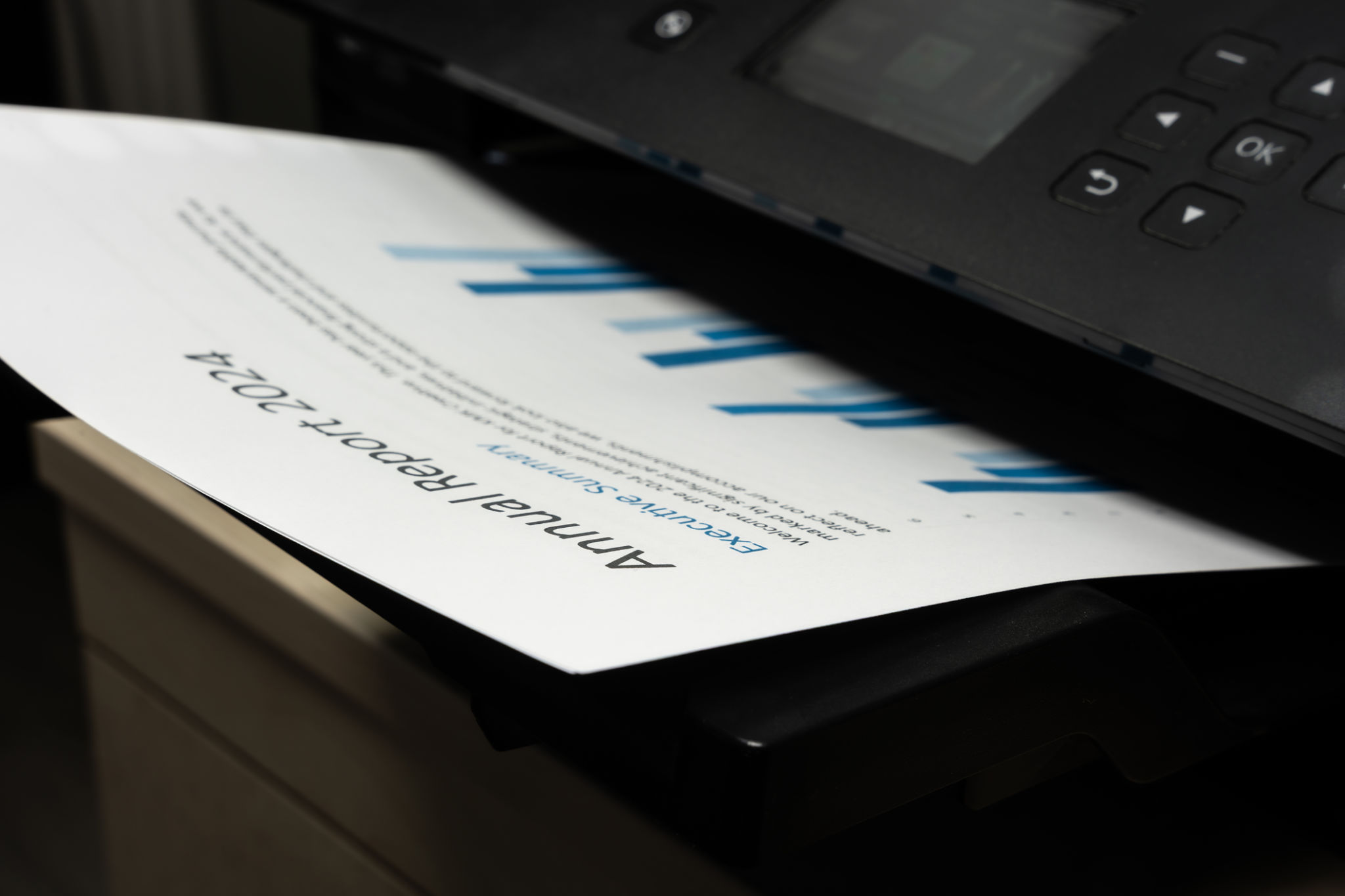Comparing Digital vs. Offset Printing: What’s Best for Your Project?
Understanding the Basics of Printing
Printing is a crucial component of many businesses and creative projects, and choosing the right method can significantly impact the final product. Two primary forms of printing are digital and offset, each with unique advantages and challenges. Understanding these differences is essential for selecting the best method for your project.

What is Digital Printing?
Digital printing involves transferring a digital image directly onto a variety of media. It’s akin to using a large, sophisticated version of a desktop printer. This method is known for its quick setup time and flexibility, making it ideal for small runs or projects that require frequent updates or customization.
Advantages of Digital Printing:
- Quick Turnaround: Digital printing requires minimal setup, leading to faster production times.
- Cost-Effective for Small Runs: Without the need for plates, digital printing is more economical for short print runs.
- Versatile: Allows easy customization and variable data printing, perfect for personalized marketing materials.
Exploring Offset Printing
Offset printing, on the other hand, involves transferring an inked image from a plate to a rubber blanket, then onto the printing surface. This method is renowned for its high-quality output and cost-effectiveness for large print volumes.

Benefits of Offset Printing:
- High-Quality Output: Produces sharp, clean images with accurate color reproduction.
- Economical for Large Volumes: As the quantity increases, the cost per unit decreases significantly.
- Flexible Material Options: Works well with a wide range of surfaces and paper types.
Comparing Costs and Efficiency
The cost-efficiency of your printing project largely depends on the volume. Digital printing is typically more affordable for smaller quantities due to the absence of setup fees. Conversely, offset printing becomes more cost-effective as your print volume increases due to the lower per-unit cost at higher quantities.

Selecting the Right Method for Your Project
When deciding between digital and offset printing, consider your project's specific needs. If you require a fast turnaround, small quantity, or customization, digital might be your best bet. However, if you need high-quality prints at a large volume, offset may be more suitable.
Factors to Consider:
- The volume of your print run
- The importance of color accuracy and quality
- Your budget constraints and timeline
Final Thoughts
Both digital and offset printing offer unique benefits that cater to different project requirements. By understanding your project's specific needs and the advantages of each printing method, you can make an informed decision that ensures the best outcome for your printed materials.
Ultimately, aligning your choice of printing technology with your project's goals will not only enhance the quality of your materials but also optimize your budget and resources, leading to successful project completion.
